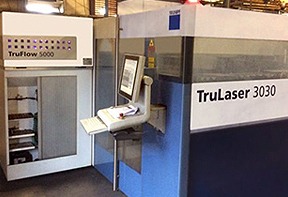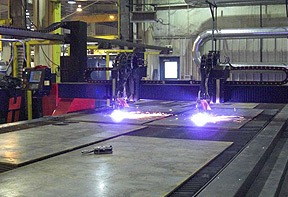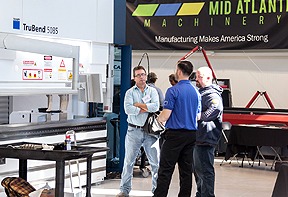Harnessing the Power of Cobots
Cobots, or collaborative robots, are designed to work alongside humans and assist them in various tasks. Here are the general steps to use a cobot effectively:
Safety precautions: Before using a cobot, familiarize yourself with the safety guidelines provided by the manufacturer. Ensure that the cobot is properly installed, and any necessary safety measures, such as emergency stop buttons or protective barriers, are in place.
Programming: Cobots can be programmed in different ways, depending on the model and manufacturer. Some cobots can be programmed using graphical interfaces, while others may require coding. Review the cobot’s user manual and follow the programming instructions provided.
Task analysis: Identify the task or tasks you want the cobot to perform. Evaluate the steps involved, any safety considerations, and the interaction required between the cobot and the human operator. Break down the task into smaller elements if necessary.
Cobot setup: Position the cobot in the appropriate location for the task. Ensure that the cobot’s sensors and cameras have a clear view of the workspace. If necessary, configure the cobot’s grippers or tools for the specific task.
Programming the task: Use the cobot’s programming interface to define the steps required to complete the task. This may include specifying movement paths, object detection and handling, and any decision-making processes. Follow the programming guidelines provided by the manufacturer to ensure the cobot behaves as intended.
Testing and refinement: Once the cobot is programmed, test its performance in a controlled environment. Monitor its movements and interactions closely to ensure it operates safely and efficiently. Make adjustments to the programming as needed to improve its performance.
Integration with humans: Collaborative robots are meant to work alongside humans, so it’s important to establish effective communication and coordination between the cobot and the operator. Ensure that the cobot’s movements, speed, and force are appropriate for working in close proximity to humans.
Training and supervision: Provide appropriate training to the human operators who will be working with the cobot. Educate them on how to interact with the cobot safely, understand its capabilities and limitations, and troubleshoot common issues. Regularly supervise the cobot’s operation to ensure safe and efficient performance.
Maintenance and updates: Follow the maintenance schedule provided by the manufacturer to keep the cobot in optimal condition. Stay updated with any software or firmware updates that may enhance the cobot’s performance or address any known issues.
Remember to always prioritize safety when using a cobot. If you have specific questions about a particular cobot refer to the official Universal Robots page.









